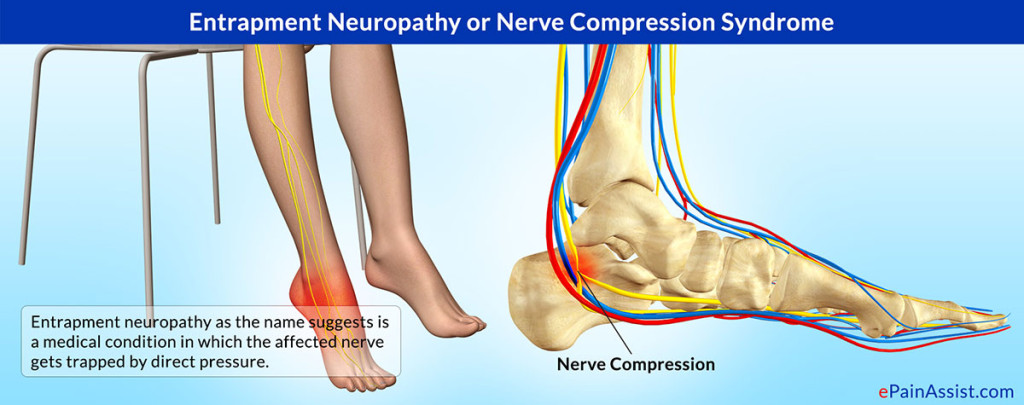Surgical decompression can offer long-lasting pain relief and restore sensation in diabetic patients with peripheral neuropathy, leading to an improved quality of life.
That was the word from Stephen L. Barrett, DPM, an adjunct professor at Midwestern University College of Health Sciences, Podiatric Medicine Program and founder of Barrett Foot & Ankle in Phoenix, Arizona.

Dr. Barrett said that surgical decompression has been shown to restore sensation; reduce pain; prevent amputation and ulceration; improve balance and prevent falls; decrease global healthcare costs; and perhaps most importantly, improve the quality of life for diabetic patients with peripheral neuropathy. 1
“Zhang, Li, and Xheng from the Department of Neurosurgery at XinHua Hospital published results of a study involving 560 diabetic patients with peripheral neuropathy in 2013,” Dr. Barrett said. “Their results, which amplify numerous previous studies, were summarized in their conclusion: ‘Microsurgical decompression of entrapped peripheral nerves for peripheral neuropathy helped improve nerve conduction, restore lower limb feeling and motor function, and cure ulcers.’ ”2
Currently, more than 22 million people in the United States have peripheral neuropathy, and up to 60% of all patients with diabetes will develop the condition.3 Therefore, as a significant portion of the population will be affected by this common complication of diabetes, clinicians should be alert to the development of peripheral nerve entrapment as early as at time of initial diagnosis of diabetes. Awareness of potential treatments is key to optimal patient outcomes.
Dr. Barrett explains, “It is important to draw a distinction between ‘operating’ on peripheral neuropathy and ‘decompressing entrapped nerves’ in patients with this condition. This is important life-changing surgery for patients; more than 80% come back for treatment on their contralateral side.”
Dr. Barrett emphasized the importance of appropriate surgical training, noting that nerves in patients with diabetes are both larger and heavier, and are more susceptible to injury that those of the nondiabetic patient.
“The symptoms of diabetic peripheral neuropathy can be reversed with proper patient selection and subsequent peripheral nerve surgical decompression,” Dr. Barrett concluded. “Contrary to mainstream medical belief that patients with distal symmetrical peripheral neuropathy can only be treated palliatively with pharmacotherapy, these patients can have sensation restored, balance improved, and a significant prevention of reulceration with surgical decompression.”
References
1. Rankin TM, Miller JD, Gruessner AC, Nickerson DS. Illustration of cost saving implications of lower extremity nerve decompression to prevent recurrence of diabetic foot ulceration. J Diabetes Sci Technol. 2015;9(4):873-880.
2. Zhang W, Li S, Zheng X. Evaluation of the clinical efficacy of multiple lower extremity nerve decompression in diabetic peripheral neuropathy. J Neurol Surg A Cent Eur Neurosurg. 2013;74(2):96-100.
3. Tippett AW. Treating peripheral neuropathy. Wounds. 2014;26(3):65-71.

